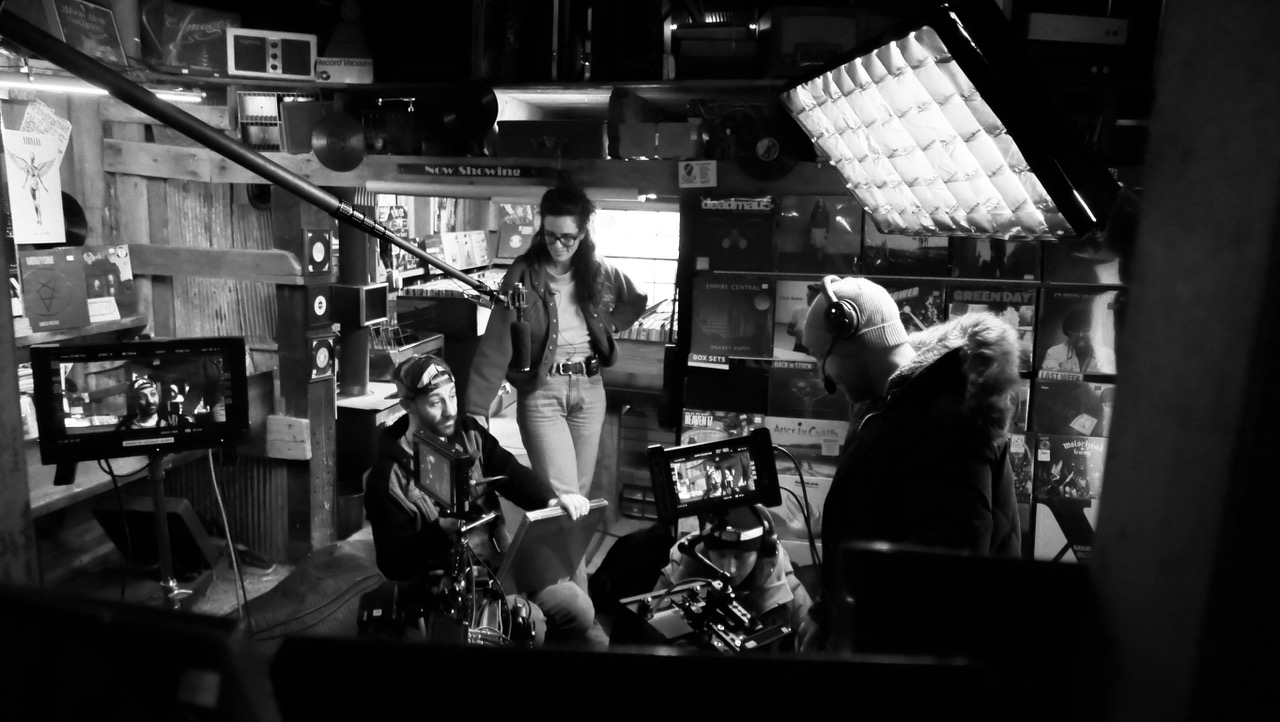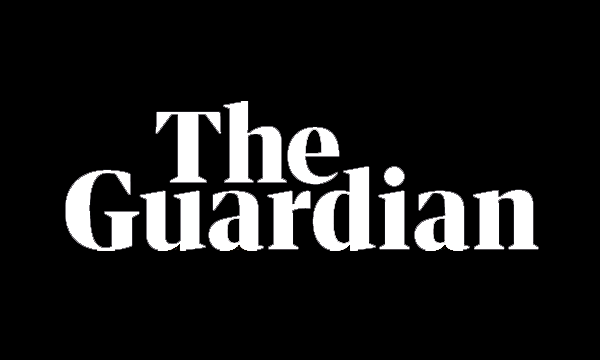
Bringing your first film to life is as much about creative vision as it is about smart, strategic planning. Whether you're making a documentary, a fictional short, or an experimental hybrid of both, navigating the journey from idea to final cut is no small feat. It takes craft, clarity, and a whole lot of resourcefulness.
We spoke to filmmakers, directors, and visual storytellers who’ve been there – together, they share hard-won insights on everything from shaping a story and securing funding to planning your shoot, editing for impact, and getting your work out into the world.
If you're planning your first film, you'll also need the right equipment, don't miss our guides to the best video editing software or best laptops for video editing.
01. Don't neglect previz
Matt Norman, filmmaker and founder of Wingman Pictures (see Matt's showreel)
Storyboarding and previsualisation (previs) are essential – not optional – steps in the filmmaking process. They serve as the first true translation of your script into visual form, allowing your entire crew to align on tone, pacing, composition, and camera movement before a single frame is shot.
A well-developed storyboard or previs sequence isn’t just about planning shots – it’s about ensuring that everyone, from your director of photography to your gaffer and production designer, understands the visual language and spatial logic of each scene. This clarity dramatically reduces miscommunication on set and ensures smoother, faster decision-making during production.
Beyond communication, previs is a powerful tool for efficiency. It allows you to eliminate unnecessary coverage, cut down on reshoots, and streamline your shooting days. You walk onto set with a clear plan, knowing what you’re shooting, how you’re shooting it, and why. This kind of preparedness saves both time and budget – two of the most precious resources in any production.
It also builds creative confidence. Whether you’re pitching to investors or collaborating with department heads, having a detailed visual plan communicates professionalism and vision. It shows that you’re not making things up as you go – you’re executing a thought-out approach. Investors and collaborators alike are far more likely to get behind a project that has been carefully visualised and planned, especially when it’s presented with clarity and purpose.
Previs allows you to identify potential problems early
Matt Norman
Another key benefit is that previs allows you to identify potential problems early – whether it’s issues with continuity, blocking, camera logistics, or spatial dynamics. Addressing these challenges in pre-production, rather than mid-shoot, can save enormous amounts of time and stress. It also opens up space to experiment creatively without the cost implications of doing so on set.
In terms of tools, Previs Pro stands out as the most comprehensive, intuitive, and professional-grade solution currently available. After years of experimenting with everything from hand-drawn storyboards to complex previs software and makeshift solutions using Photoshop or PowerPoint, Previs Pro has become the go-to tool. It combines ease of use with powerful AI features that streamline scene building and camera work. The software’s clean, industry-standard layouts make it ideal for pitching and production prep alike, and its all-in-one environment means you can handle everything – from character blocking to lighting design – without switching between platforms.
Ultimately, in filmmaking, clarity is currency. Storyboarding and previs are how you trade in that currency – by showing, not just telling. They empower you to direct with confidence, communicate with precision, and lead with vision. If you’re serious about making your film a reality – and making sure others can see and support your vision – then investing time in previs is non-negotiable.
02. Make every shot count
Above: Twelve Noon Films 2025 showreel (Video credit: Dominic Danson)
Dominic Danson, filmmaker and founder of Twelve Noon Films
When you’re shooting a film on a tight budget, every decision on set counts. I’ve found that the key is planning meticulously before you even pick up a camera. I’m not just talking about a shot list, but really drilling down into what you’re trying to say with each scene, and making sure every setup earns its place. If a shot isn’t pulling its weight narratively or visually, cut it. You’ll save time, and time is money on a shoot.
One thing I always recommend is consolidating locations. Think creatively about how one space can be redressed or shot from a different angle to serve multiple scenes. It reduces travel, cuts down on crew fatigue, and keeps your schedule lean. The same goes for shooting days – if you can block shoot and get what you need with fewer company moves, you’ll be in a much better place financially.
This is true of gear, as well. Make sure you choose the right equipment for the job at hand, but don't just focus on bringing in the biggest, most impressive cinematic tools. I'm on a continuing quest for the ultimate run-and-gun flight kit for camera, lenses, lighting, and sound. Stripping back to the absolute essentials helps you really tune in to what you're delivering and ensures you don't plan a shot for the sheer sake of it.
Don’t underestimate the value of a tight, focused crew who are multi-skilled
Dominic Danson
Also, don’t underestimate the value of a tight, focused crew who are multi-skilled. On smaller shoots, the people who can jump between roles – say, someone who can grip and gaff – are invaluable. You don’t need a huge team, but you do need a good one. The same goes for cast. Sometimes having a smaller ensemble means you can spend more time on each performance and get better results.
Finally, feed your crew well. It sounds obvious, but it makes a world of difference to morale and momentum on set. A happy, well-fed crew will give you everything they’ve got, and that’s something money can’t always buy.
03. Let the real world shape the story
Above: The Twister: Caught in the Storm, now available to stream on Netflix (Video credit: Netflix)
Alexandra Lacey, filmmaker and director of Netflix’s The Twister: Caught in the Storm
When I’m developing a concept, everything begins with character. My process usually starts with long, research-heavy conversations with the people involved. I’m listening closely – looking for emotional beats, arcs, and moments of change. Once I understand the shape of each person’s journey, I figure out how their stories fit together. From there, I create a one-pager, and that becomes the foundation for determining individual scenes.
I’ve always seen the world in pictures. Maybe it’s my background in set design, but I’m a visual thinker – even when I’m writing. Sometimes an idea strikes while I’m at the laptop, but often it comes from something simple in daily life. I also take a lot of inspiration from fairytales. I like to imagine: what would the fairytale version of this story look like? That helps me make sure there’s enough tension, change, and resolution to keep the audience engaged.
One thing I always tell new filmmakers: don’t be afraid to choose a perspective. When we were developing The Twister, we were looking at a town of 50,000 people – but we knew we couldn’t tell everyone’s story. We chose to look at the story of the tornado through the eyes of a group of teenagers. That perspective gave us clarity and emotional depth as a relatable coming of age story. Your audience can’t take in everything at once, so choose your lens and trust it.
I wish I’d known how useful screenwriting tools could be in documentary
Alexandra Lacey
My art direction background also means I’m constantly thinking about budget. I always ask: does this scene need to happen on a boat, or can I tell the same story in a way that’s more practical? Boats, moving vehicles, live animals – these things cost money and come with safety risks. Dream big, always. But also be smart about what you actually need to show.
Since I work in documentary, I don’t really write traditional dialogue. Instead, I prepare an ‘interview script’ before we shoot – breaking down what I hope we’ll get from contributors. I also create a ‘wish sync’ – basically, the ideal soundbites. Once the interviews are done, I go back and piece together a drama script using the best real moments we captured. It’s a strange mix of planning and discovery, but it works.
Looking back, I wish I’d known how useful screenwriting tools could be in documentary. I didn’t reference movie scripts at all when I started. Now, I listen to screenwriting podcasts, read scripts, and treat each character in my films like they’re part of a narrative. Because they are.
04. Get the right funding
Above: Victor was the VFX Supervisor for award-winning Italian film director, Gabriele Salvatores, 2024 feature, Naples - New York. He breaks down the visual effects for the film (Video credit: Victor Perez)
Victor Perez, filmmaker and VFX supervisor
Financing a film is often more complex than making the film itself – it’s an art form in its own right. The key is not to wait for someone to hand you the resources. If you have a story to tell, start telling it with whatever tools you have, even if it’s just your phone. Filmmaking is about navigating inconvenience, and the first challenge is usually the budget. Embrace it. Use your network, pull in favours, trade skills, and above all, keep things fun and experimental.
Every project is a form of practice, not a quest for perfection. When I made Another Love, I didn’t have a studio or big production team behind me – just a clear vision and a committed crew. The secret is to design your project around your actual resources, not an imagined ideal.
Be open to combining traditional and modern funding methods
Victor Perez
Creativity often thrives under constraint. Be open to combining traditional and modern funding methods – crowdfunding not only helps raise money but builds an audience. Collaborations with brands or tech companies can also be valuable, especially if your project touches on innovation or social themes. Most importantly, always have a strong pitch deck ready – something that goes beyond the budget and treatment to show why this story matters now, and why you’re the one to tell it.
05. Don't leave post till last
Above: Lux Aeterna's project showreel – from VFX to in-house produced short films (Video credit: Lux Aeterna)
Rob Hifle, Co-founder and Creative Director at Lux Aeterna
Don’t leave post until last. If there’s one piece of advice I always give to filmmakers, especially those working on indie projects, it’s to think about your post-production needs right from the start.
Post-production can’t be an afterthought. From editorial workflows to VFX and final grade, the decisions made in pre-production can make or break the post process. You might only have a few seconds of visual effects in your film, but if you haven’t planned those shots properly, it can end up costing more in time and budget than it needed to. Having your post team weigh in early, whether that’s your editor, VFX supervisor or colourist, can save you from all kinds of creative and technical pitfalls.
For indie filmmakers, efficiency is everything. With fewer resources, you need a pipeline that runs smoothly from shoot to post. We’ve seen projects that are beautifully shot but suffer in post because the footage wasn’t prepared with the finishing pipeline in mind.
Treat post as part of your creative process, not just the clean-up job at the end
Rob Hifle
Simple things like data wrangling, choosing the right codecs, or shooting with a grade in mind can really elevate the final result.
The takeaway? Treat post as part of your creative process, not just the clean-up job at the end. Great films are made in the planning stages. Bringing post into the conversation early doesn’t just make things easier, it helps you tell a stronger story.
06. How to get your film seen
Victor Perez, continued
Distribution today is no longer limited to traditional pathways, and that’s a powerful advantage for emerging filmmakers. Platforms like YouTube, Vimeo, and even Instagram have become legitimate channels for getting your work seen – especially when it comes to short-form or experimental content.
The goal isn’t just to premiere in cinemas or get into festivals, though those still have value; it’s about sparking conversation and connecting with audiences wherever they are. Think of distribution as decentralised – if your story resonates, it will find its way.
Don’t overlook the power of simply putting your work out there
Victor Perez
Still, curation matters. Festivals, online showcases, and partnerships with platforms that champion indie voices can elevate your visibility. Beyond platforms, consider distribution as relationship-building. Connect with curators, journalists, educators, and influencers who might help share your work in classrooms, galleries, or industry events. And don’t overlook the power of simply putting your work out there.
Sometimes, the right opportunity finds you – but only if you’re visible.
07. How to build buzz for your film
Glenn Matchett, Managing Director at Grammatik
Marketing a film is about working smart with the tools you have. A multi-channel approach is essential – not just to maximise reach, but to build a consistent narrative around the project. Treat the film like a product: define your audience, clarify your positioning, and ensure your messaging lands across every platform.
Start with a strong visual identity. A striking poster, well-chosen stills, and a concise logline go a long way. A teaser trailer can add momentum, especially when tailored for different formats – think vertical cuts for Instagram Stories or YouTube Shorts. Every asset should reinforce the tone and themes of the film.
Leverage multiple channels to reach different segments of your audience
Glen Matchett
Leverage multiple channels to reach different segments of your audience. Instagram and TikTok are ideal for visuals and short-form storytelling. LinkedIn may be underused in this context, but it’s valuable for showcasing the project to industry peers and potential collaborators.
Traditional PR still matters, too – local news outlets, film blogs, and genre-specific publications are often looking for compelling stories, especially if there’s a regional or cultural angle.
For more film-related content, see our best film posters of all time.







